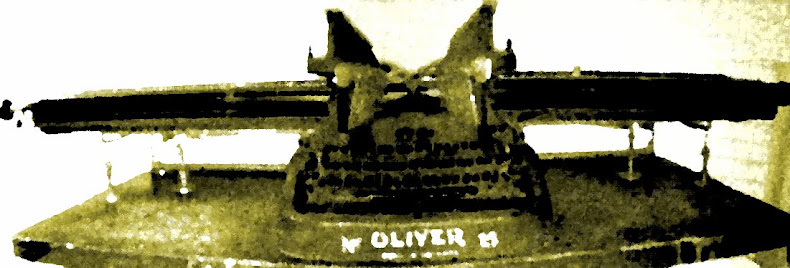The most interesting thing about this typewriter, is the business card of a Kansas City retail grocer, called A.H. Boand, that came with it. I wrote about it when I received the typewriter at home. Last week, I did some more research about the former owner of my Blickensderfer. I contacted a relative on www.findagrave.com and learned that:
"Adolph [Boand] was born in Switzerland and immigrated to the US with his family in 1870. He was a grocer in 1900 and 1910 census in Kansas City, Missouri. In 1920 he was a dealer for Weigh Masters. His father was born in Switzerland and his mother from Southern France. French was their mother tongue."The relative didn't have any more information, but wrote me she would ask around.
I also found the death certificate of A.H. Boand, according to which he died of "General Paralysis of the insane" in 1931. According to wikipedia, this is a "neuropsychiatric disorder affecting the brain and central nervous system, caused by syphilis infection". After I read that, I was happy to find out at the same page that "syphilis cannot be contracted through toilet seats, daily activities, hot tubs, or sharing eating utensils or clothing." I guess that includes indirect contact through an ancient typewriter. ;)
Of course, I don't know if mr. Boand bought the Blickenderfer new or second-hand, but fact is that in 1895, he was one of the founders and the treasurer of the Retail Grocers’ Association of Kansas City. That fits with the profile of somebody who was in the position to need and buy a portable typewriter at that time (1894).
I made a video of the Blickensderfer. You can see it by clicking here. Make sure you watch it in HD and full screen.



